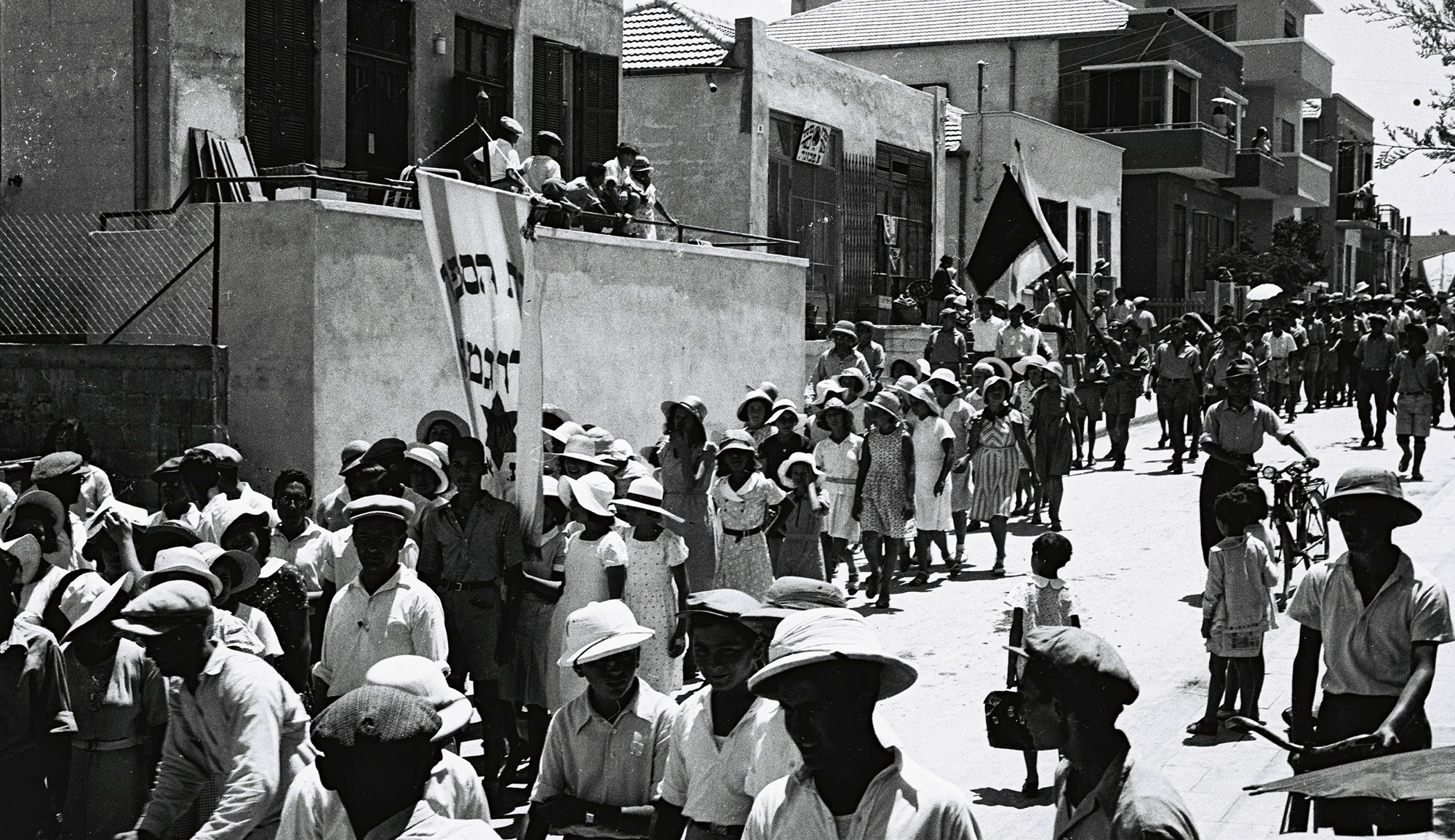In 2011, archaeologists began excavating the remains of a synagogue in the ancient village of Ḥuqoq, probably built around 400 CE. They found an elaborate mosaic floor with scenes from the Hebrew Bible and postbiblical lore, and have been painstaking uncovering this rare piece of Jewish art ever since. Most recently, they found a depiction of the prophetess Deborah’s battle with the Canaanites, and the slaying of their general by the heroic Yael—a passage (Judges 4 and 5) that was read in synagogues last Saturday. Karen Britt and Ra‘anan Boustan write:
All the other biblical scenes from Huqoq center on men, whether as protagonists or antagonists. More surprisingly, the appearance of Deborah and Yael in the mosaic has no parallel in either Jewish or Christian art from late antiquity and predates other visual depictions of their story by almost a thousand years.
In the top register of the panel, Deborah appears under a date palm whose fronds extend over her head. The figure of Deborah is damaged; only her veiled head and upper right arm are preserved. In Judges 4:5, Deborah performs her work as judge and prophet while sitting beneath a palm tree located between Ramah and Bethel in the hill country of Ephraim.
This image of a commanding Israelite woman seated beneath a palm on the eve of battle would have been particularly potent in the context of a synagogue mosaic from late 4th- or early 5th-century Palestine. Synagogue-attendees might have seen in this image a powerful—and subversive—rejoinder to the anti-Judean imagery propagated by the Romans on Iudaea capta coins and in other media following the First Jewish Revolt (66–73 CE), in which a woman, who embodies the defeated Jewish people, sits in mourning beneath a palm tree, often alongside the arms or armor of the conquered.
Read more at Biblical Archaeology Review
More about: Ancient Israel, Archaeology, Book of Judges, Deborah, Jewish art, Synagogues


